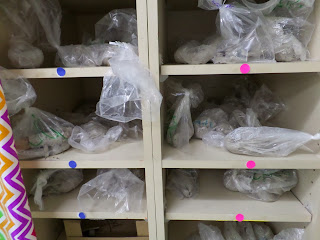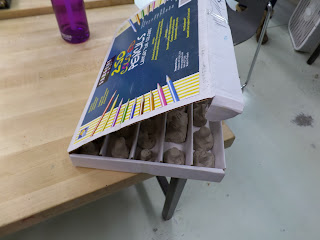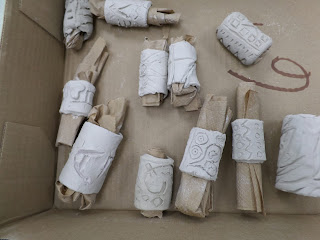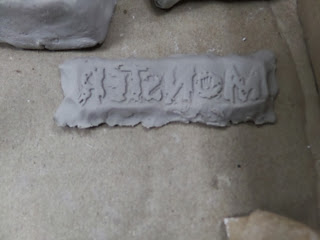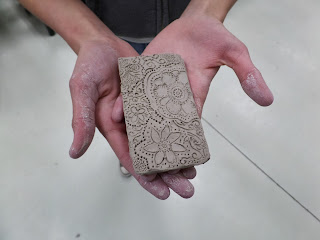This is a fun drawing activity that I did with my 8th grade students. This is great for a one day activity.
So I've seen drawings like this on Pinterest and decided to give it a go. It's fun! I asked the kids to choose at least one object and draw an image that includes the object as part of the overall image.
For grading purposes, I set up my Ipad on a stand and made a small photo "center". When they finished they took their work to that area, set up their drawing and object, and took a photo! Easy peasy!
I added on to this lesson by also having them choose another object, but this time draw the object - but transform it. For example, a cellphone could become a skating rink....a pair of scissors becomes a creature...etc. Basically like the first one, but more drawing involved. This is a follow up of our introduction to Still Life drawing.




































